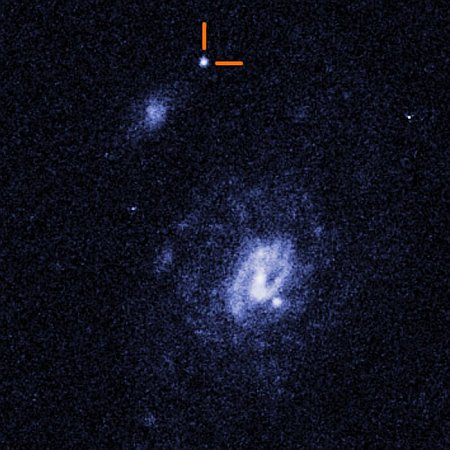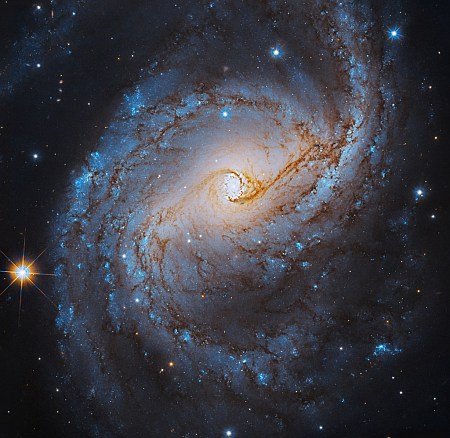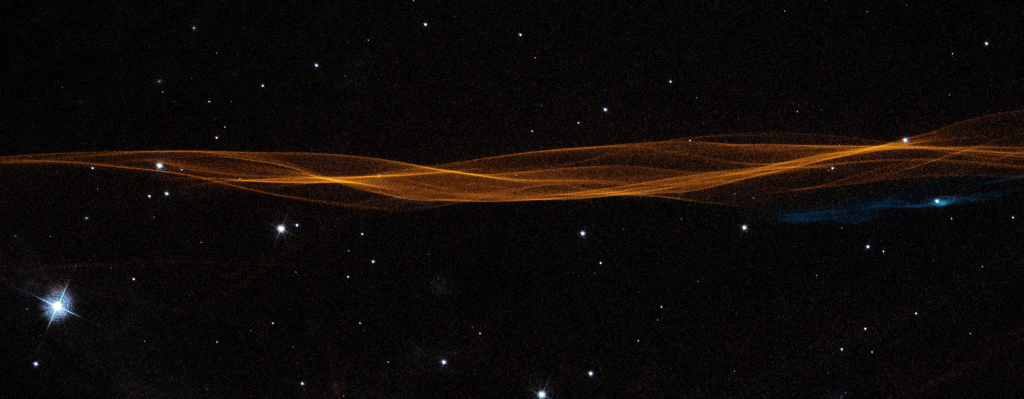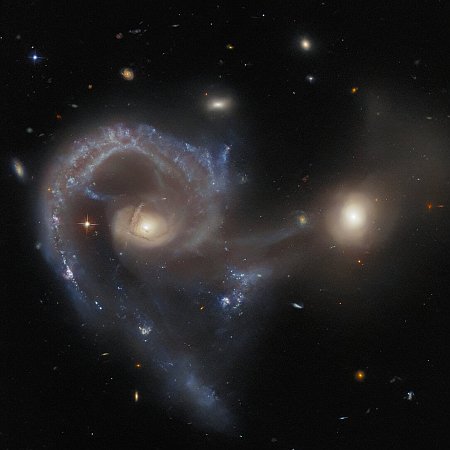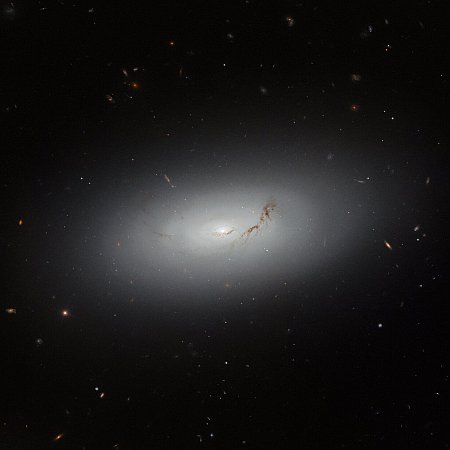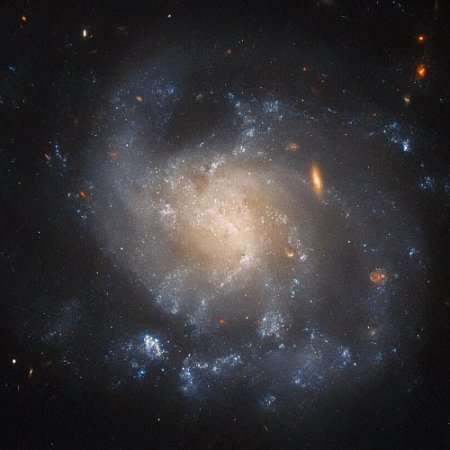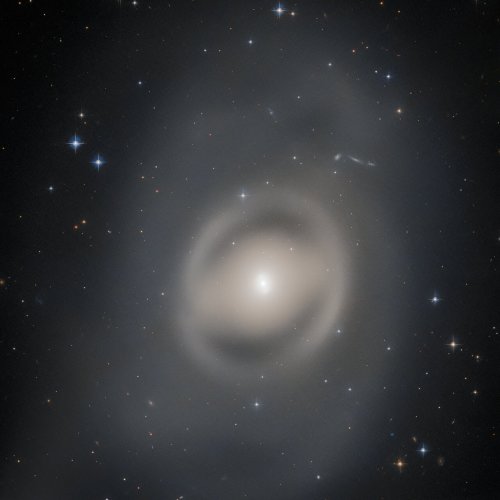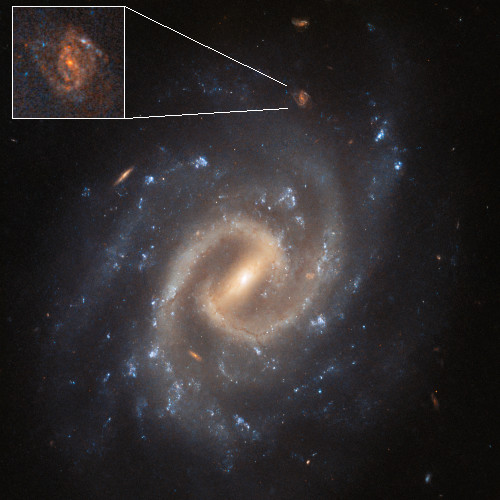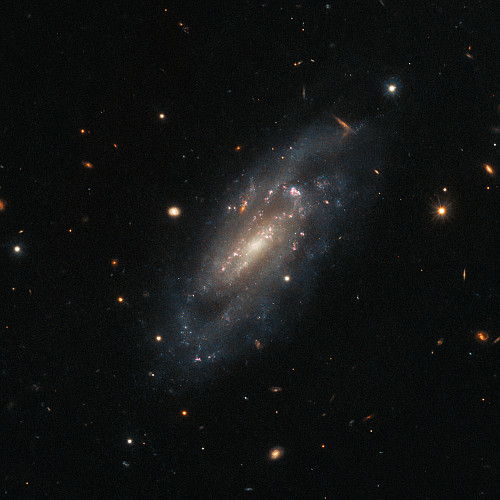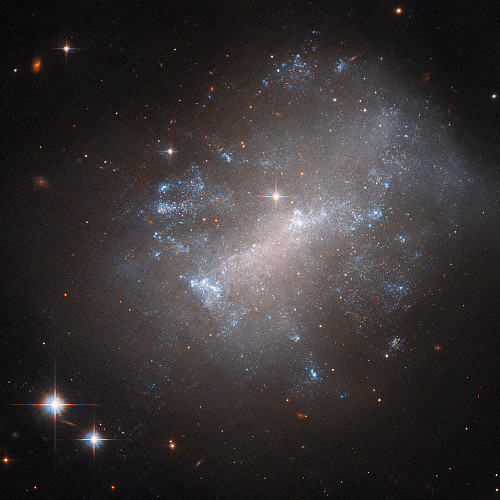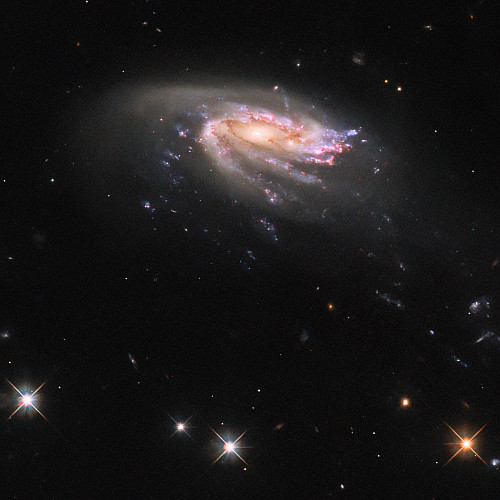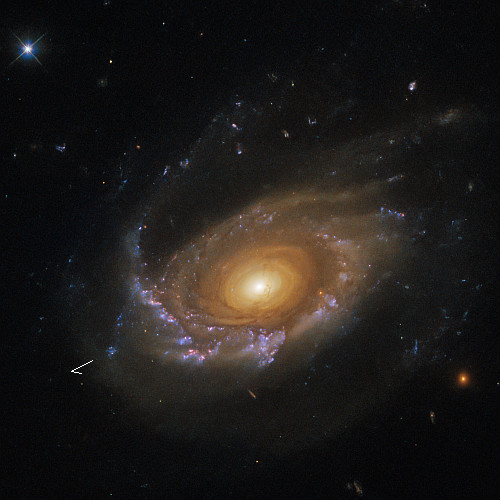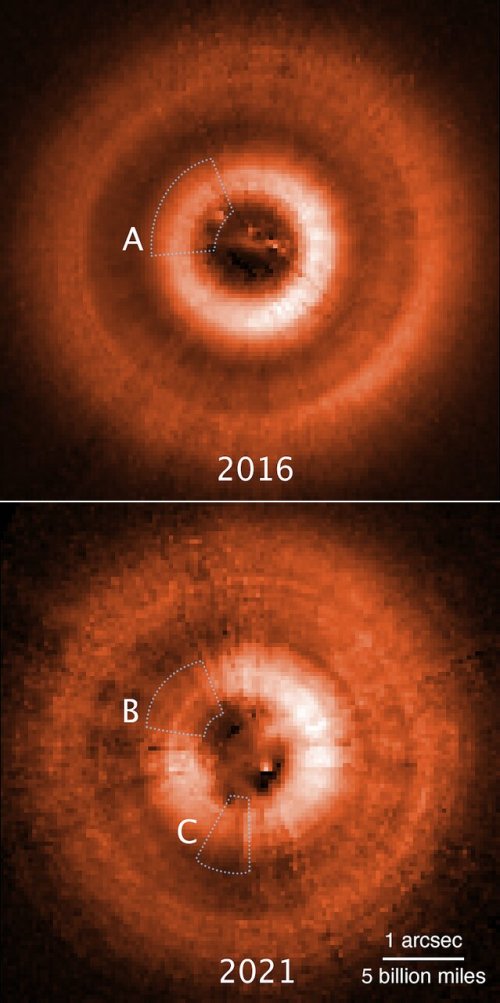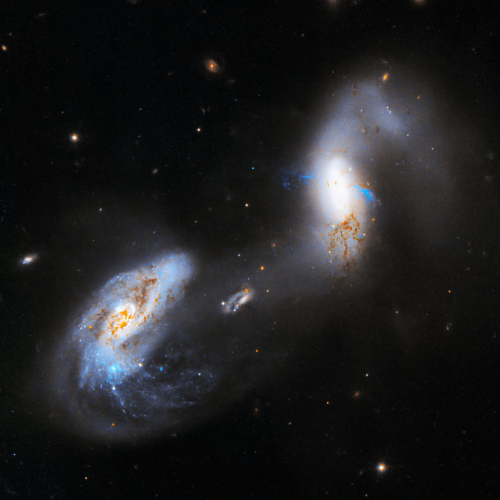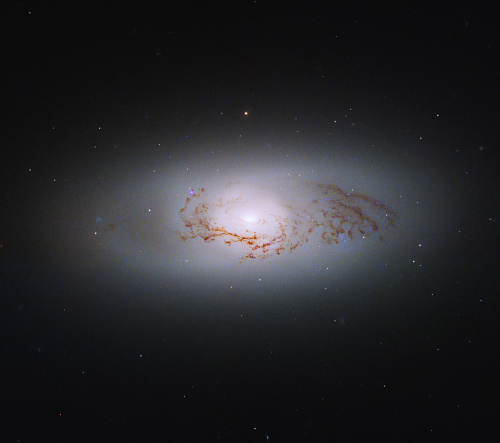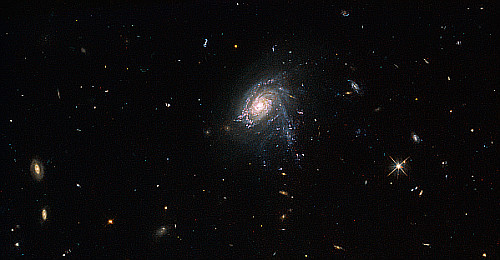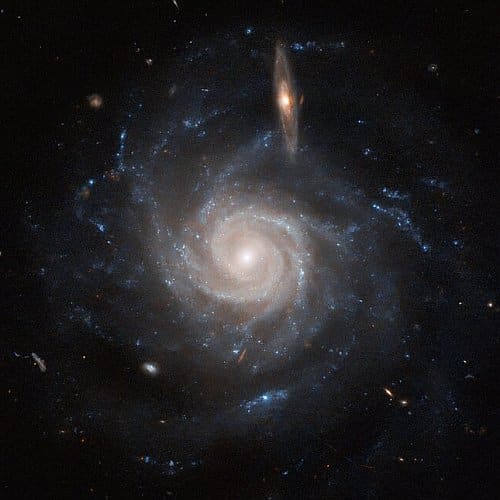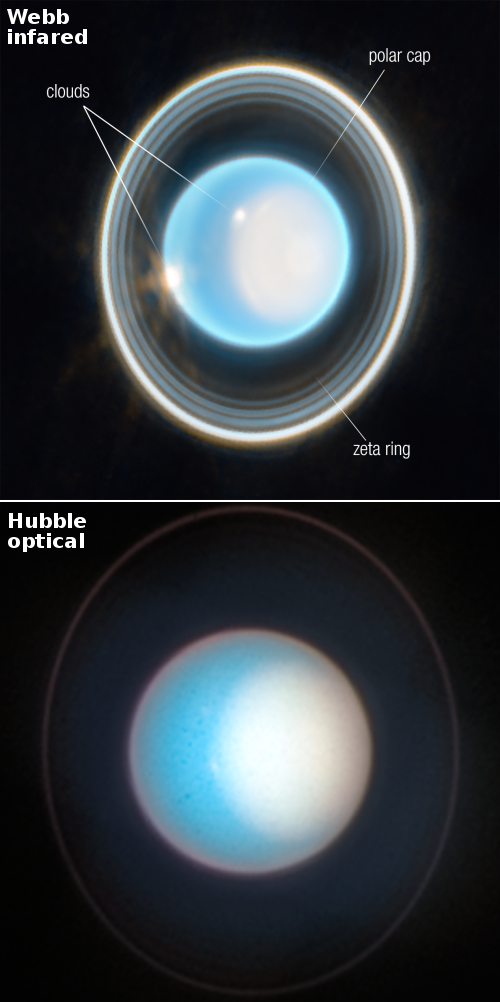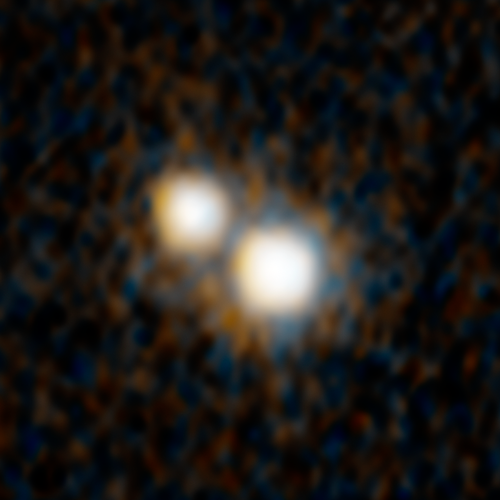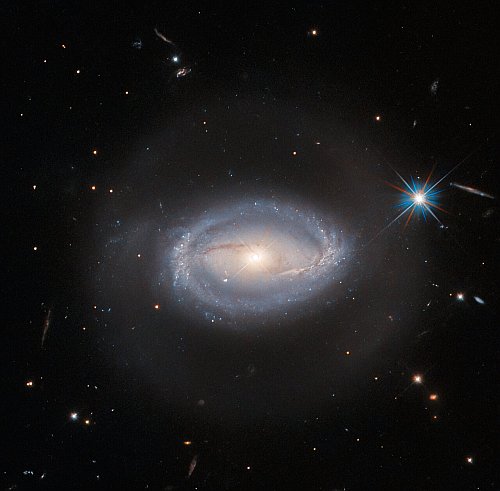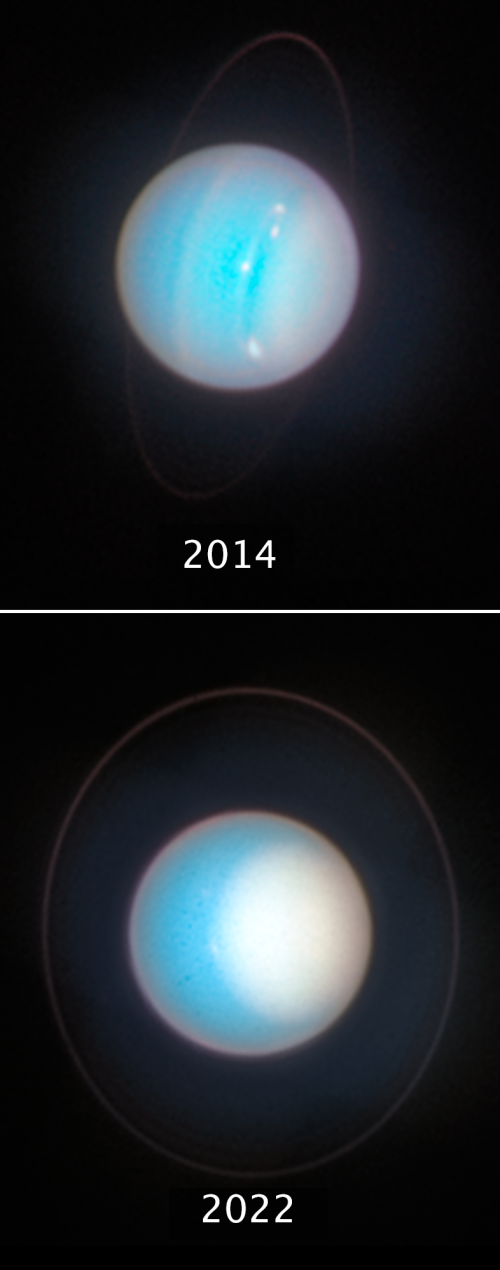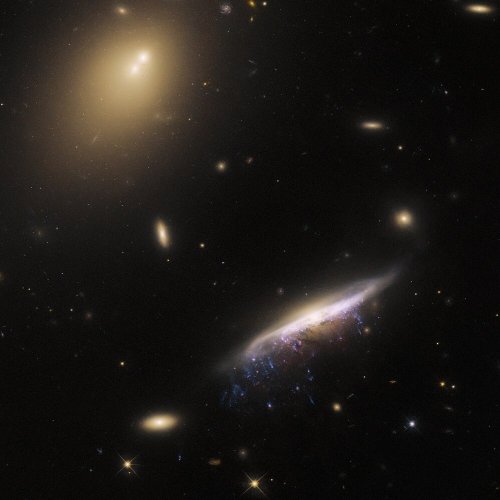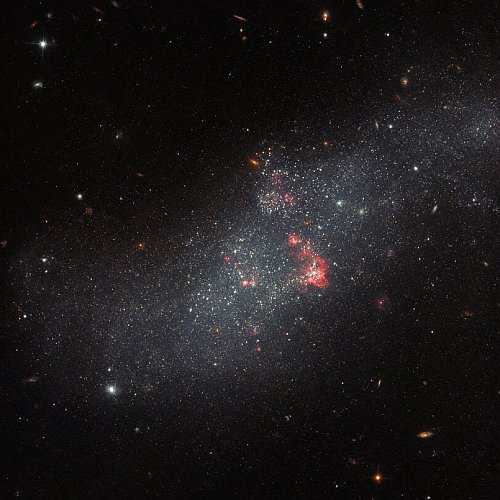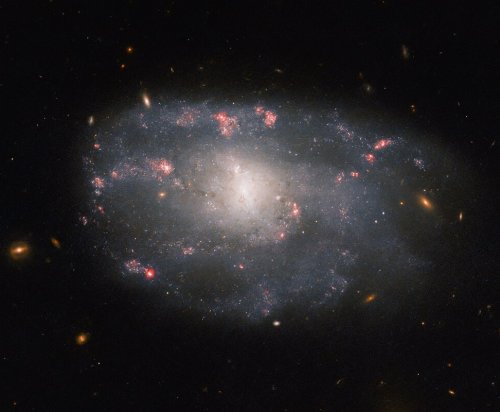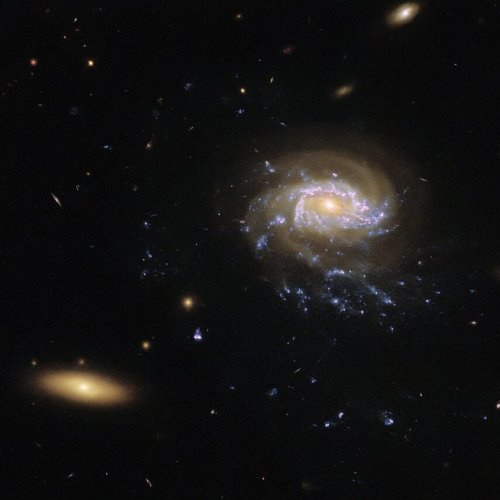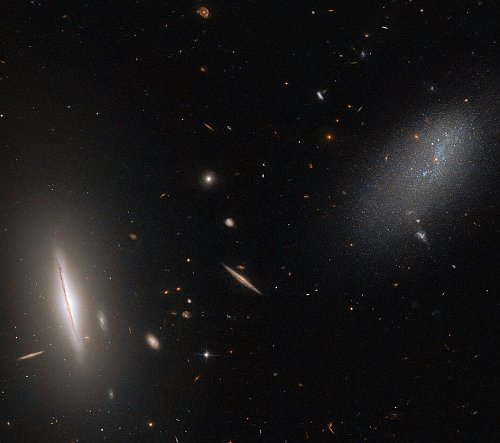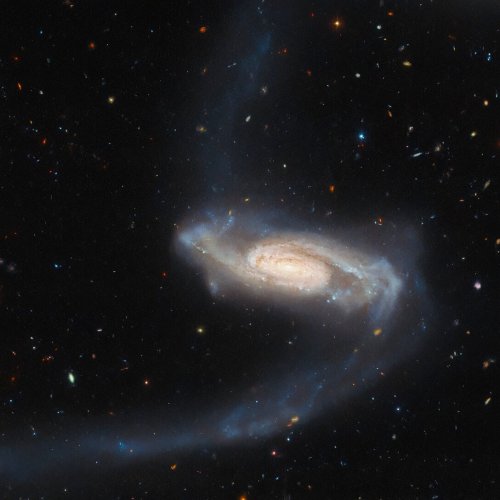Astronomers detect nano-sized quartz crystals in atmosphere of exoplanet
Using both the Hubble and Webb space telescopes in space, astronomers have detected nano-sized quartz crystals in the atmosphere of a Jupiter-class exoplanet orbiting its star every 3.7 days.
Silicates (minerals rich in silicon and oxygen) make up the bulk of Earth and the Moon as well as other rocky objects in our solar system, and are extremely common across the galaxy. But the silicate grains previously detected in the atmospheres of exoplanets and brown dwarfs appear to be made of magnesium-rich silicates like olivine and pyroxene, not quartz alone – which is pure SiO2.
The result from this team, which also includes researchers from NASA’s Ames Research Center and NASA’s Goddard Space Flight Center, puts a new spin on our understanding of how exoplanet clouds form and evolve. “We fully expected to see magnesium silicates,” said co-author Hannah Wakeford, also from the University of Bristol. “But what we’re seeing instead are likely the building blocks of those, the tiny ‘seed’ particles needed to form the larger silicate grains we detect in cooler exoplanets and brown dwarfs.”
These tiny quartz crystals are condensing out in the clouds themselves, due to the high temperatures and pressures there. The exoplanet itself is unusual because though its mass is one half that of Jupiter, its volume is seven times larger. This gives it a very large and deep atmosphere, thus providing the environment for crystal formation.
Using both the Hubble and Webb space telescopes in space, astronomers have detected nano-sized quartz crystals in the atmosphere of a Jupiter-class exoplanet orbiting its star every 3.7 days.
Silicates (minerals rich in silicon and oxygen) make up the bulk of Earth and the Moon as well as other rocky objects in our solar system, and are extremely common across the galaxy. But the silicate grains previously detected in the atmospheres of exoplanets and brown dwarfs appear to be made of magnesium-rich silicates like olivine and pyroxene, not quartz alone – which is pure SiO2.
The result from this team, which also includes researchers from NASA’s Ames Research Center and NASA’s Goddard Space Flight Center, puts a new spin on our understanding of how exoplanet clouds form and evolve. “We fully expected to see magnesium silicates,” said co-author Hannah Wakeford, also from the University of Bristol. “But what we’re seeing instead are likely the building blocks of those, the tiny ‘seed’ particles needed to form the larger silicate grains we detect in cooler exoplanets and brown dwarfs.”
These tiny quartz crystals are condensing out in the clouds themselves, due to the high temperatures and pressures there. The exoplanet itself is unusual because though its mass is one half that of Jupiter, its volume is seven times larger. This gives it a very large and deep atmosphere, thus providing the environment for crystal formation.

